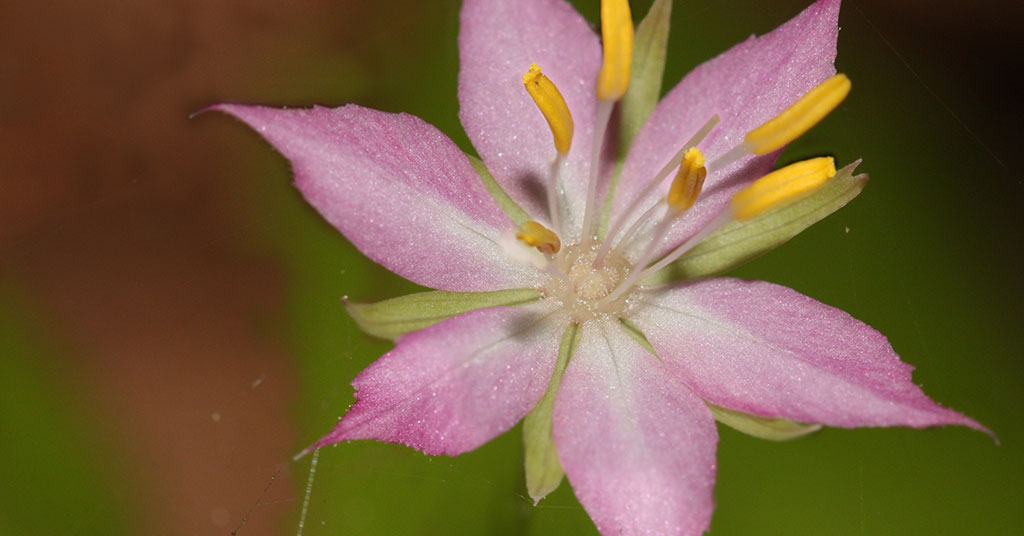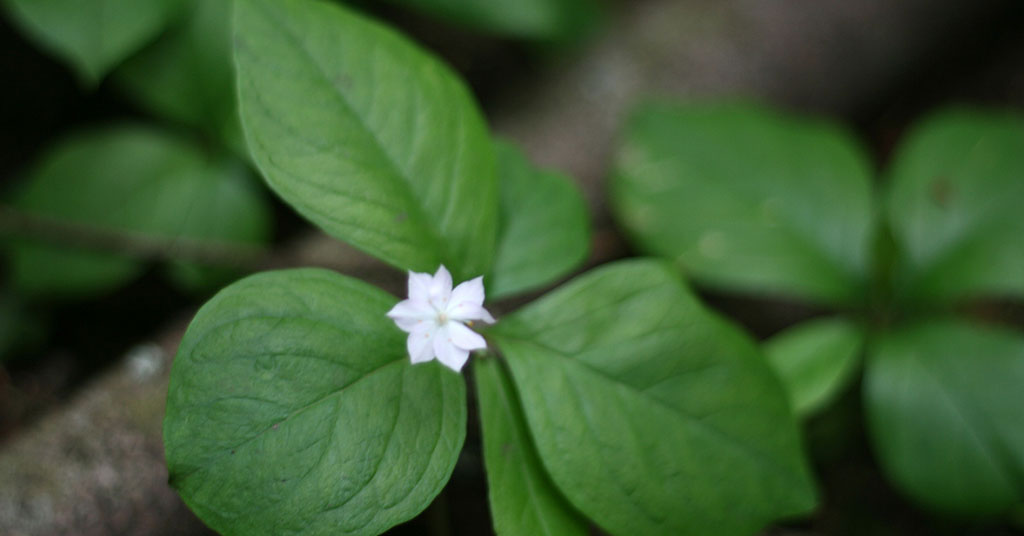If you’re a Pacific Northwest gardener with a shady, property and you need a flowering groundcover, there are few I’d recommend more than Trientalis latifolia, or starflower. It grows to be about 8 inches tall, creeps slowly, and produces lovely pink and white flowers from mid-spring to early summer.
What is Trientalis latifolia?

Trientalis latifolia, sometimes called starflowers, are a perennial flower that grows from a tuber from Southeast Alaska to Northern California. Let’s do a deep dive all about the starflower and what’s needed to grow it:
- Scientific name: Trientalis latifolia
- Other names: Western starflower, Broadleaf Starflower, Maystar, Starflower, Indian Potato
- Native to: Southeast Alaska to Northern California
- Invasiveness: Possibly
- Tenderness: Perennial
- Sun: Shade
- Water: Weekly
- Soil: Loose, organic, acidic soil
- Hardiness zone: 3-7
- Spacing: 2-4 inches
- Plant height: 8 inches
- Flower color: Pink, white
- Bloom period: Mid-spring to early summer
- Container friendly: Yes
- Fertilizer: Not needed
- Toxicity: No
- Drought tolerant: No
- Deer resistant: No
- Pest resistant: Yes
How to grow Trientalis latifolia
Trientalis latifolia, also called Western starflower, Broadleaf Starflower, Maystar, Starflower, and Indian Potato, is a perennial tuber that grows from Southeast Alaska to Northern California. It does well when planted in loose, organic, acidic soil in a shady spot with frequent watering. Starflower can be grown in USDA hardiness zones 3-7.
This sturdy ground cover grows to about 8 inches tall and will spread about 2-4 inches. It sends up pink or white flowers from mid-spring to early summer that die back by mid-summer, leaving behind its dense, star-like foliage. By fall, the foliage will die back and the tuber beneath the ground will become dormant.
Starflowers can be grown in a container and doesn’t need fertilizer as long as there’s plenty of organic compost in the soil. It is not reported to be toxic or invasive at this time, but note that it is a spreading plant. Outside of its native range, it should be manageable, but you always take a risk when you plant non-native wildflowers in your garden.
Growing Trientalis latifolia in containers
Trientalis latifolia should do fine when grown in containers. Note though that the foliage and flowers will die back in the fall while the tuber overwinters under the ground. In spring, the tuber will send up new foliage. If you intend to plant it in a container, just keep this in mind!
Propagating Trientalis latifolia
Similar to a potato, Trientalis latifolia grows from tubers found underground. It is better to propagate this plant from its tubers than seeds. In the fall, dig up your starflower plant, separate the tubers, and plant the newly separated tubers 2-4 inches apart from one another. They will be dormant over winter but grow anew come spring.
Wildlife attracted by Starflowers
Starflowers are excellent flowers to plant if you’d like to attract bees and other pollinators to your property. Native pollinators in particular will appreciate you growing this plant, as the flowers and pollinators are both adapted to one another. Planting native flowers is important for preserving native pollinators and regional biodiversity.













